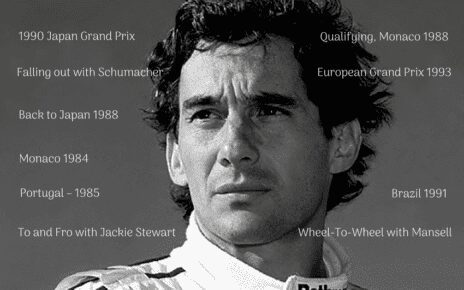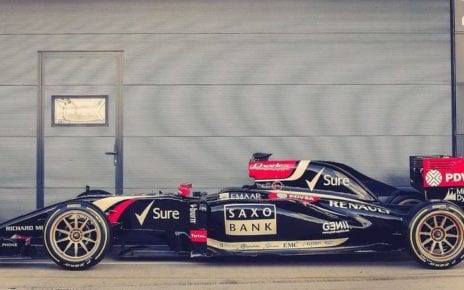When an investment firm Liberty Media bought Formula One last year for $4.6 billion, it inherited serious problems. The ten teams that compete for the championship are similar to every other sport team on the planet in that the measure of their success isn’t their profit margin, but rather the results on the board.
This had led to some teams overspending and risking falling into Chapter 11 bankruptcy. These efforts have fueled an arms race between the teams and not all of them can afford it. Each year, the costs of developing better and faster cars has been increasing. From 2012 to 2016, the average Formula One team cost has risen by 33.7%, reaching $204.1 million per season.
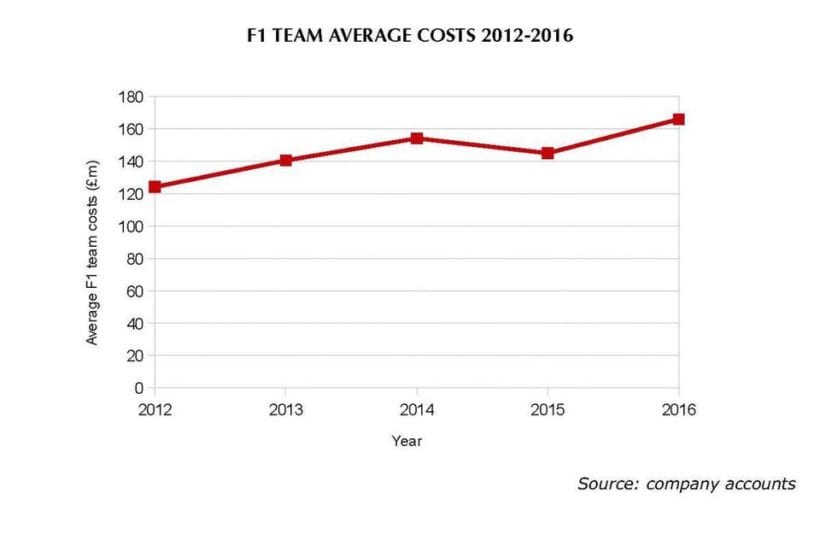
The new owners have decided that the best way to combat this is to introduce a budget cap of $150 million annually. The measure will be introduced gradually over the next three years. They believe that this will allow the teams to compete on a more level playing field and increase the competition, thus making Formula One more interesting for both fans and investors. Smaller teams won’t feel pressured to overspend in order to remain competitive and bigger teams with deeper pockets will have to be more frugal with their money.
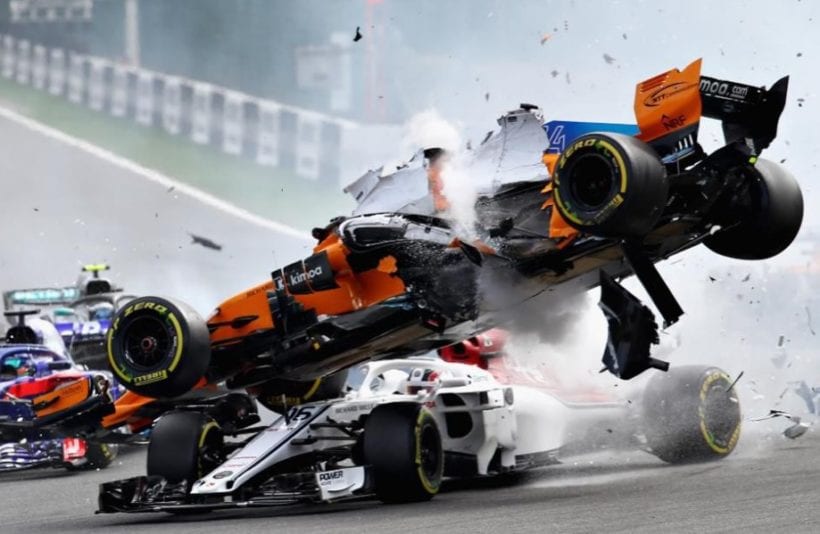
Just how serious the situation has become is illustrated by the fact that in the last five years three teams were forced to declare bankruptcy. According to Liberty Media, a budget cap will “protected them from themselves”. Even some of the giants are affected by the situation. Claire Williams, deputy boss of the legendary Williams team, said that if budget cap isn’t introduced “then Williams will close, the whole of the company.” When a team that has shaped much of the Formula One as we know it today is in danger of folding, what chances the smaller and younger teams have?
Still, regardless of the Liberty Media’s fair intentions, the measure may well prove to be futile. If the budget caps are implemented, many of the teams will have to make painful cuts in order to go below $150 million mark. The highly skilled and highly paid workforce team employ will be the first victim of the new policy. Christian Horner, Red Bull Racing team boss, told the BBC that the cap could cost “potentially thousands of jobs”.
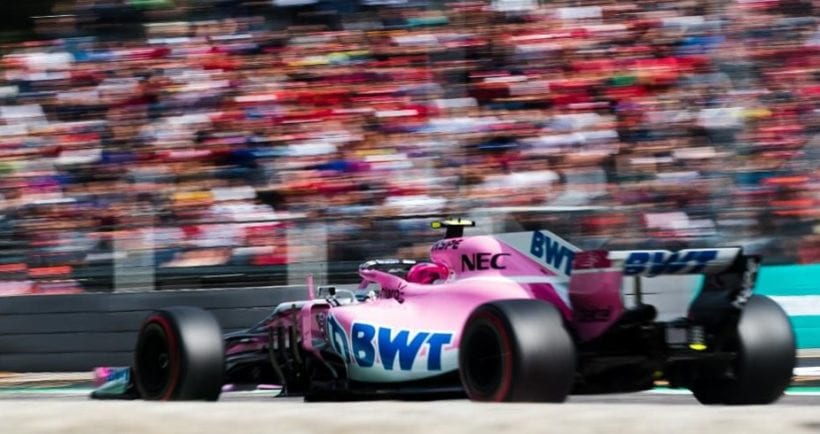
The employment bubble that has been growing for decades in Formula One has gotten so bad that top teams employ more that 500 people each just to have two cars go around the track. Things have gotten so wasteful that many teams have dedicated employees whose only job is to travel the world and tweet from the tracks. These and similar jobs that can be easily done remotely and for a fraction of the cost (not just salaries, but travel expenses as well) will probably be the first ones to go if the budget cap becomes reality.
The owners face a strong opposition, led by the wealthiest teams. Ferrari has already issued a statement threatening to quit the competition and race elsewhere. Their sentiment was echoed by the current champions and one of their greatest rivals, Mercedes. Toto Wolff, Mercedes boss said back in March: “The perspective of doing something else is a realistic one, and it could happen if we don’t achieve to align our vision.”
Later he added that the $150 million “is much too low for the big teams, but if you look into the detail, we need to work with Liberty and find a compromise. That number will not be achievable, but maybe something sensible [can be] – we are all living in the same financial reality.”
The team’s objection hasn’t made Liberty Media waiver in their decision. In fact, they have decided to push the measure forward and bring it to life sooner than expected. The trial run will begin next season, instead of 2020, when it was originally planned.
The latest team to collapse, Force India, seems to be the best evidence for the need of the budget cap. However, a closer look reveals that even if the cap was in place, it wouldn’t have saved, as the team was spending way bellow the $150 million mark in the last decade. Despite that, the team incurred losses of $316.9 million in the last 10 years.
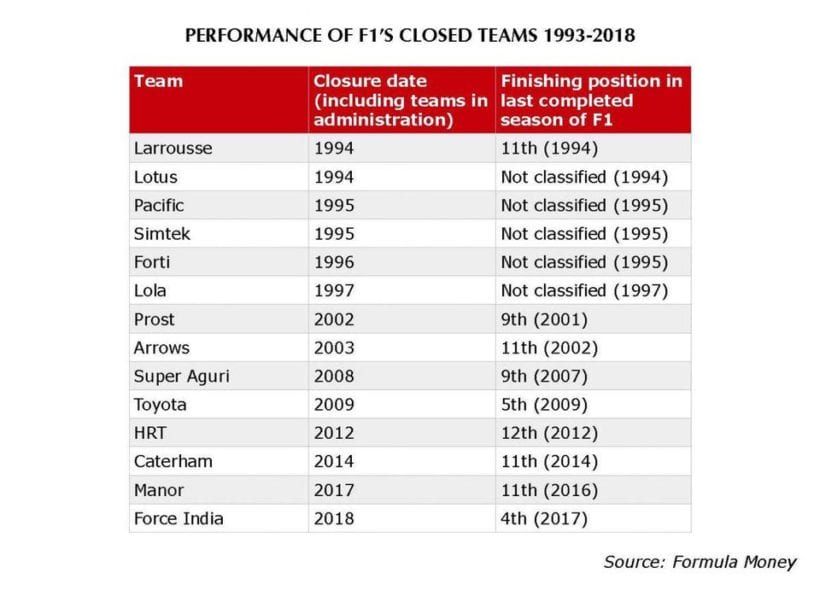
To make matters worse, Force India was one of the best performing teams in the championship. If such a successful team couldn’t make it, what chance will other teams have, with or without the budget cap?
Some say that $150 million is till too high and perhaps the cap should be further reduced.
“Absolutely the $150 million should be reduced,” says one of the experts. “It should have started lower because you can always go up but it’s very difficult to go down once you have named a figure. $150 million is far too much and the only way to deal with it is to say to Mercedes and Ferrari ‘sorry this is the figure’. If you had a budget cap even a lot lower than the figure Liberty are talking about, you would not be able to tell the difference from the current cars if you were watching on television or sitting in the grandstands.”
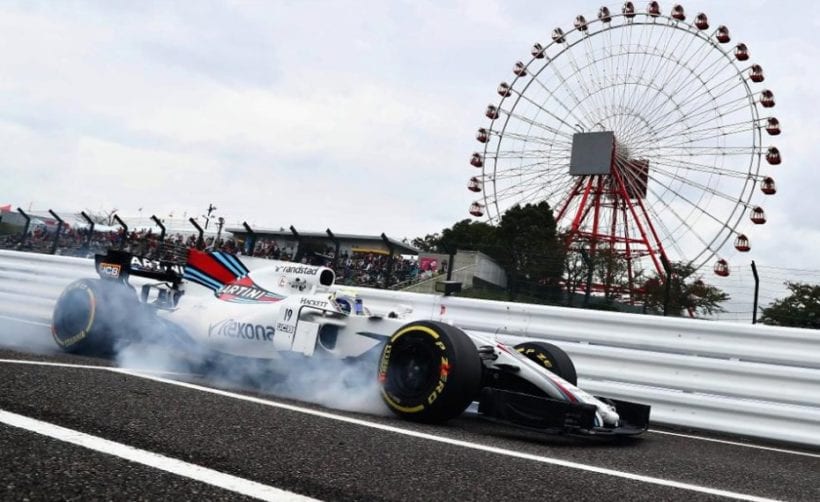
Going by that logic, the only limit that would guarantee every team finishes the season is $50 million, which the amount they are paid by the organization. Perhaps the better solution is to reconsider the way teams purchase engines. Only three teams in Formula One – Ferrari, Mercedes and Renault – have their mother companies build engines for them. All other teams purchase them and at between $17.5 million and $20 million annually, this is their biggest expenditure. If Liberty Media would force the manufacturers to give the engines for free as a condition to race, it would create a much more feasible financial situation for smaller teams. If the engine costs are deducted, the data shows that every team in 2016 that incurred losses would be profitable.
Manufacturers say that they are already selling engines at a discount and at a loss and that benefits of them giving the engines for free are far from covering the cost of their development. Still, considering that it is them that actually fuel the arms race between the team, putting a brake on such a behavior could prevent the budget caps and massive job loss it would cause.


